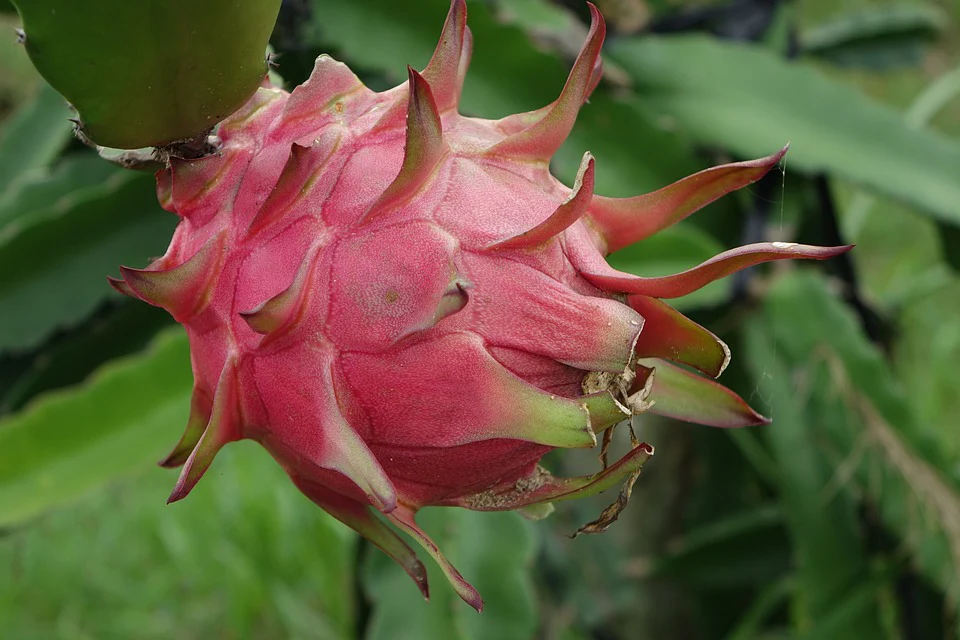Ranunculus is a beautiful and popular flower often seen in gardens and bouquets. They are relatively easy to grow and require little maintenance, making them an excellent choice for beginner gardeners. If you're thinking about growing these flower plants in your home garden, then read on :)
What are Ranunculus bulbs?
Ranunculus bulbs are a type of tuber that is native to the Mediterranean region. They are commonly known as "buttercups" or "crow's feet." The flowers are typically small and round and have thin, papery skin. The flesh of the bulb is white or yellowish and has a slightly sweet taste.
The bulbs may be grown in the spring or fall and will bloom in late spring or early summer. When planting ranunculus bulbs, choosing a well-drained location with full sun exposure is essential. Bulbs should be planted 3-4 inches deep and 6-8 inches apart.
Once the plants have bloomed, the flowers should be removed to prevent seed production. The flowers naturalize over time and can become invasive if left unchecked.
When is the best time to plant Ranunculus flower bulbs?
Many gardeners are unsure of when the best time to plant ranunculus seeds is. The answer may depend on your location and climate, but in general, it's ideal to plant them in the fall. This allows the bulbs to establish themselves before the hot summer months. In cooler climates, you may be able to get away with planting in early spring. Just be sure to check your local frost dates before planting.
Buy Flower Bulbs Online
What type of soil do they need?
Ranunculus flower bulbs require soil that is well-draining and rich in organic matter. The ideal pH range for ranunculus bulbs is 6.0 to 7.0; else, it can cause the bulbs to rot. You can test your soil's pH level with a simple at-home test kit.
When planting ranunculus seeds, plant them at least 8 inches deep in the soil. This will help ensure that the bulbs are not damaged by frost or other weather conditions. It is also important to evenly space out the seeds, as they need room to grow once they sprout.
If you live in an area with freezing winters, you may need to store your ranunculus bulbs indoors over the winter months. This can be done by digging up the bulbs and keeping them in a cool, dark place until spring arrives.
How often should you water the flowers?
To keep your flower plants healthy and hydrated, you should water them regularly. However, how often you need to water them will depend on a few factors, such as the temperature and humidity of your climate, the soil type, and how much rainfall your area receives.
If you live in an area with hot summers and little rainfall, you will need to water your plants more frequently than in a cooler climate with more rain. In general, ranunculus flower plants should be watered about once a week. However, when the weather is particularly hot or dry, you may need to water them more often.
The type of soil in which your ranunculus seeds are planted will also determine the watering frequency. Sandy soils tend to drain quickly and require more frequent watering than clay soils, which retain moisture better. You may also check the soil type by taking a small sample and squeezing it in your hand. If it forms a ball that holds its shape, it's clay; if it crumbles easily, it's sandy; if it's somewhere in between, it's loam.
Finally, remember that ranunculus bulbs need less water when they're dormant (in winter) than when they're actively growing (in spring and summer).
What are some common problems with growing Ranunculus flowers?
There are several common problems when growing Ranunculus flower bulbs, including root rot, pests, and disease.
Root rot is a common problem with Ranunculus flowers. This happens when the plant's roots are unable to get enough oxygen and begin to decay. This can be caused by over-watering or planting bulbs in poorly drained soil. To prevent root rot, plant the bulbs in well-drained soil and water them only when it is dry.
Pests can also be a problem for ranunculus plants. Common pests include aphids, thrips, and whiteflies. They can damage the leaves of the plant and cause the flowers to drop off. To control pests, you may use insecticidal soap or neem oil.
Buy Plant Care Products
The disease is another common problem with ranunculus plants. The most common conditions include powdery mildew and rust. These diseases will cause the plant leaves' color to turn yellow or brown and eventually drop off. To prevent illness, water early in the day so the leaves have time to dry before nightfall. You can also treat diseased plants with fungicides.
Read More:














